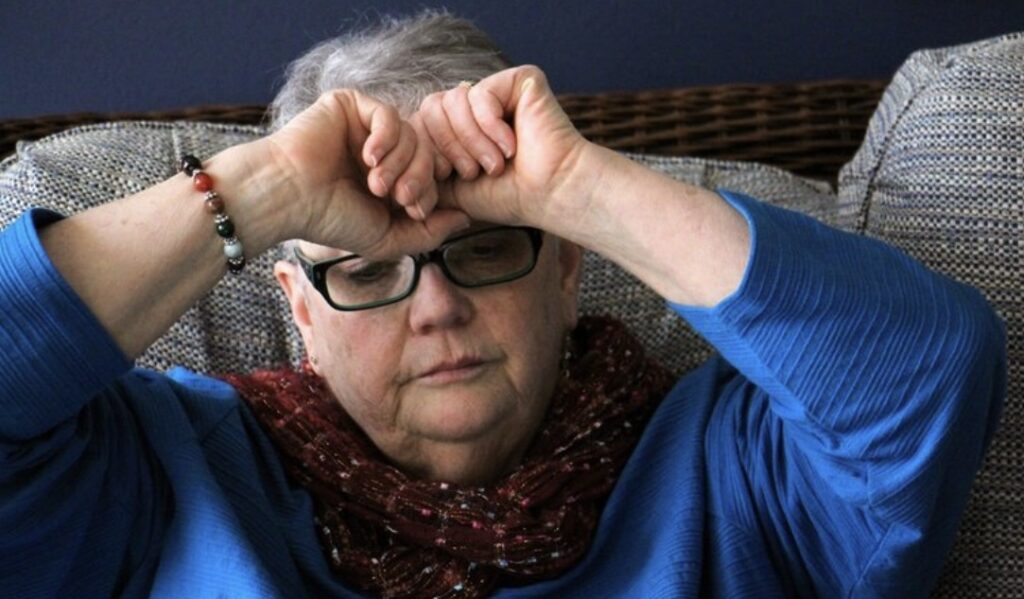
Emma Lee/WHYY
When Patricia Cahill was 15, she received an unexpected request. A nun who taught at a Catholic high school near her home in Ridgewood, N.J., called her at home and invited her to perform at an upcoming “hootenanny” Mass.
“This was [the] 1960s, you know. Peter, Paul and Mary and all that,” Cahill said. “I didn’t really play guitar, but a nun — a nun! — asked me to.”
Cahill grew up in an Irish Catholic family and attended parochial schools. As invitations from the nun kept coming, she said she felt flattered by the attention, and her family welcomed the nun into their home.
Then, during an outing to a house at the Jersey shore, Cahill said the nun gave her tea laced with intoxicants.
“She took me into the bedroom and I passed out,” Cahill said. “I was not conscious. I was not able to make a decision.” She said this was the first time the religious sister sexually assaulted her, and the start of an abusive dynamic that would last for more than a decade.
Similar sexual abuse allegations against Catholic clergy have been in the public eye for decades. In spite of this, victims of sexual misconduct by nuns, such as Cahill, say their claims have been swept aside in the larger reckoning around sexual abuse by male Catholic leaders.
That’s in part because church leadership has historically treated misconduct by diocesan priests as separate from accusations against members of religious orders, both male and female. Survivors also say the lack of awareness about sexual abuse by nuns can make it harder to come forward.
Now in her late 60s, Cahill has struggled with PTSD and addiction to drugs and alcohol for decades, both of which she says are fueled by having been sexually exploited as a minor. Today, she is sober and living in a friend’s guest room in a quiet subdivision in Lancaster, Pa. Wedged into the living room sofa, she pulls out bags of pictures and slides, artifacts she now sees as evidence of abuse.
“See how long my hair is? ‘Cause she told me she wanted me to wear my hair long. ‘Wear these,’ ‘Get these glasses,’ ‘Don’t hang around with this person.’ She controlled my life,” Cahill said.
Cahill’s claims were eventually investigated and substantiated.
‘Can my story be counted?’
There are several reasons why victims of nuns don’t appear in the usual narratives around Catholic sex abuse.
With 420 Catholic women’s institutes in the United States alone, it is difficult to get a complete picture of the total number of allegations against nuns. The watchdog group Bishop Accountability has compiled a list of about 100 religious sisters who have been credibly accused, meaning claims against them resulted in a lawsuit or news article.
When victims do come forward, sexual abuse claims against nuns, monks and religious order priests are usually dealt with by their respective orders, not local dioceses. Similarly, many diocese-run compensation programs aimed at investigating and resolving sexual misconduct claims only accept victims of parish priests.
Big investigations into sexual misconduct at Catholic institutions, such as last year’s Pennsylvania grand jury report, also tend to focus on diocesan clergy, not on women religious. Pennsylvania’s sweeping investigation named 301 priests accused of sexual misconduct by more than 1,000 victims but did not compile claims against religious sisters. It contained only one passing reference to a sexually abusive nun.
Continue reading here.
[Editor’s Note: This article was written by Laura Benshoff and originally published at NPR. Title changed by P&P.]











